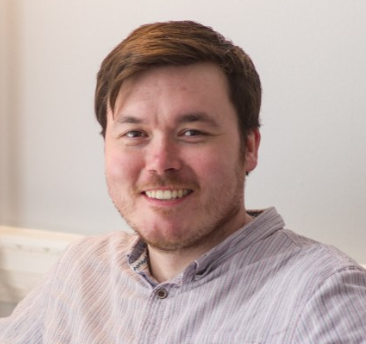Awarded the Amazon Physical Science Fellowship!
/I’m delighted to say that I am one of three early-career academics awarded the 2022 Amazon Physical Science Fellowship.
This was a really interesting fellowship opportunity giving applicants the opportunity to present a portfolio of scientific ideas and discoveries over the past twenty years that we believe will have dramatic and positive impact on the world.
I very much enjoyed the process of creating a portfolio of scientific ideas, dipping into areas of physics and science outside my normal area and learning lots more about the exciting science going on around the world. I hope that the efforts of the applicants will be of great benefit to the programme, and want to thank Amazon for this amazing award.

